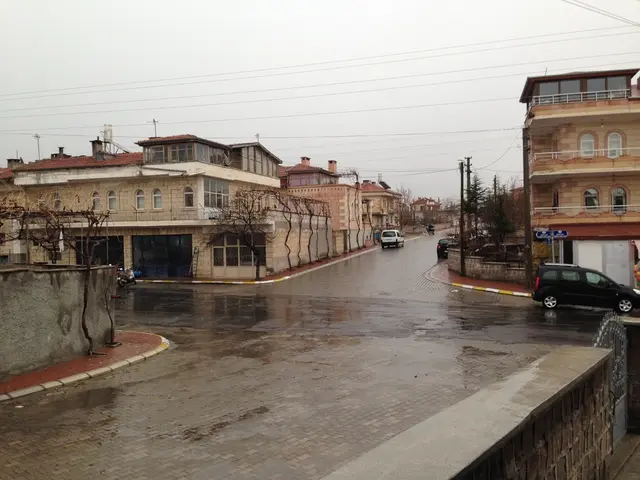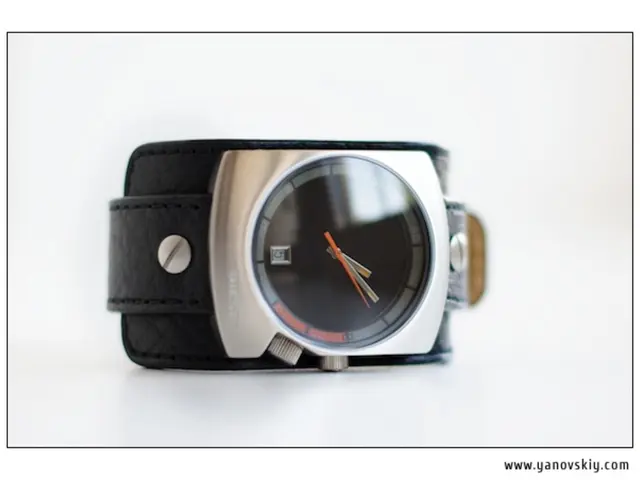Long-Distance Sailing: From Hardtack to Modern Meal Prep
Historical and modern practices of provisioning for long-distance sailing have evolved significantly. While early sailors relied on durable, non-perishable foods, today's sailors enjoy a wider range of options, though challenges persist in maintaining a well-stocked larder.
In the past, sailors' diets consisted mainly of hardtack, dried cod, and olive oil. These foods were chosen for their durability and long shelf life. The captain was responsible for provisions, with higher-ranking officers often enjoying a more balanced diet. The Hamburg food roll, for instance, prescribed a balanced diet with three fish days out of seven and alternating vegetables.
Preparation for a long leg at sea requires organisation and planning. Modern sailors use vacuum sealers to preserve food, alongside refrigerators and freezers. Tips include removing labels from cans for easy identification, marking them, and vacuum packing flour, herbs, and muesli. Pre-cooking meals also helps in quick preparation during the journey. Despite these measures, finding fully stocked shelves becomes difficult further away from Europe's departure points, which are typically well-stocked supermarkets.
Sailors have historically tried to supplement their diet with freshly caught or hunted fish and animals from the sea. Before setting sail in the 16th century, seafarers mainly supplied themselves with fresh food from local markets, farms, and gardens in port cities, purchasing goods such as bread, meat, cheese, vegetables, fruit, and live animals, which could be slaughtered during the voyage. They also imported items not locally available from abroad.
The evolution of provisioning for long-distance sailing reflects the changing nature of the journey itself. While historical sailors relied on durable, non-perishable foods, modern sailors enjoy a wider range of options, thanks to advancements in preservation and preparation techniques. However, maintaining a well-stocked larder remains a challenge, particularly as one ventures further from Europe's departure points.








